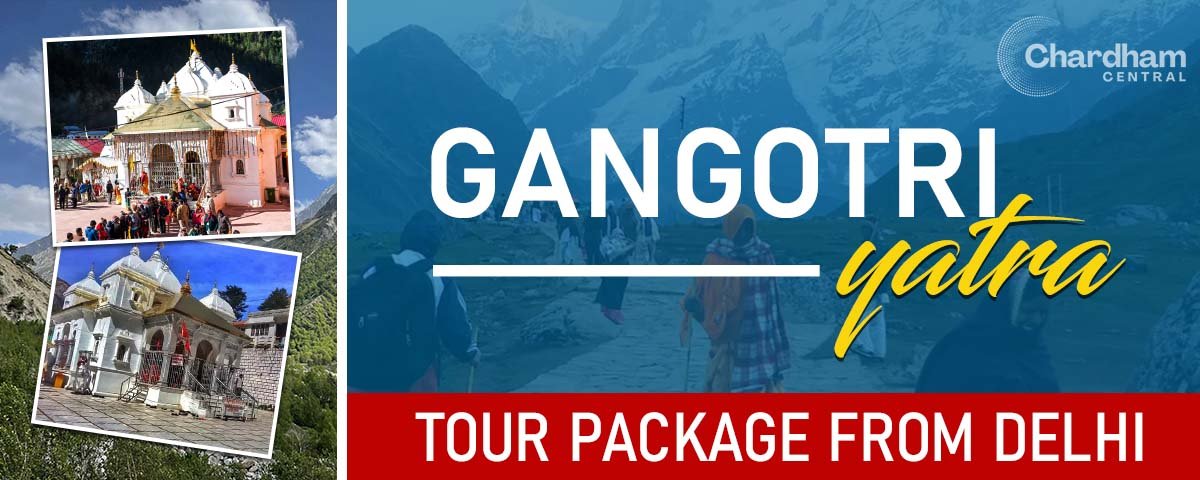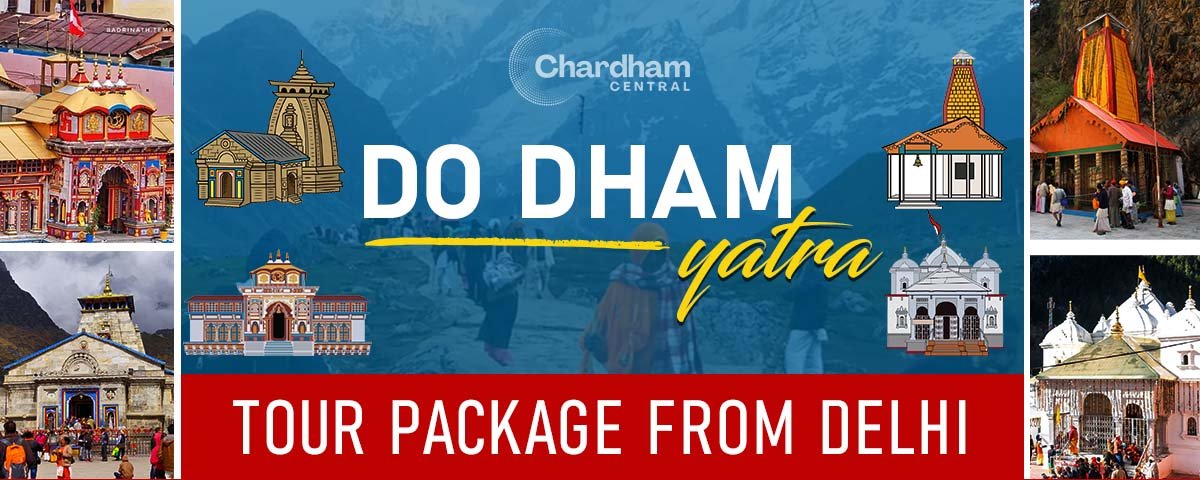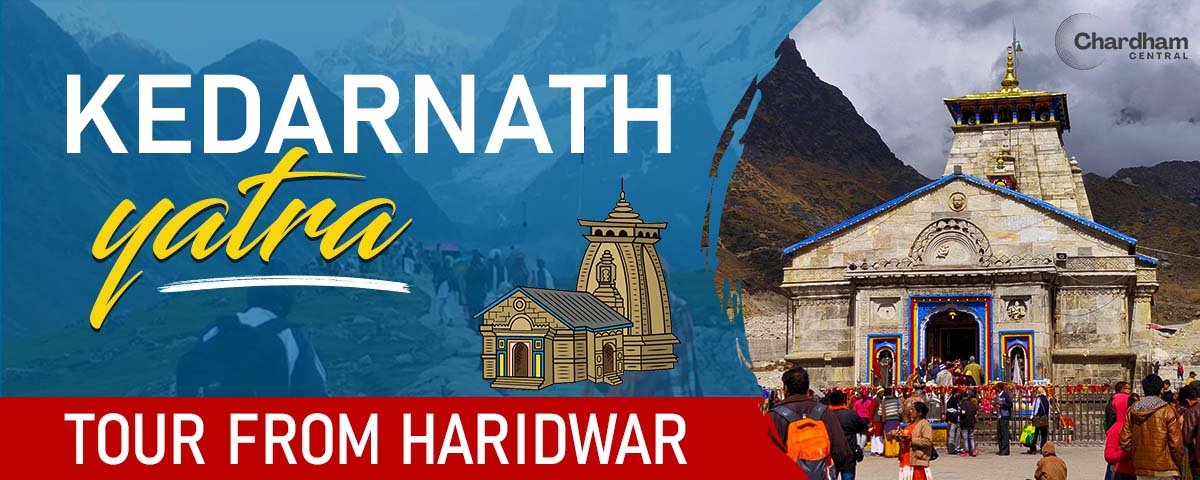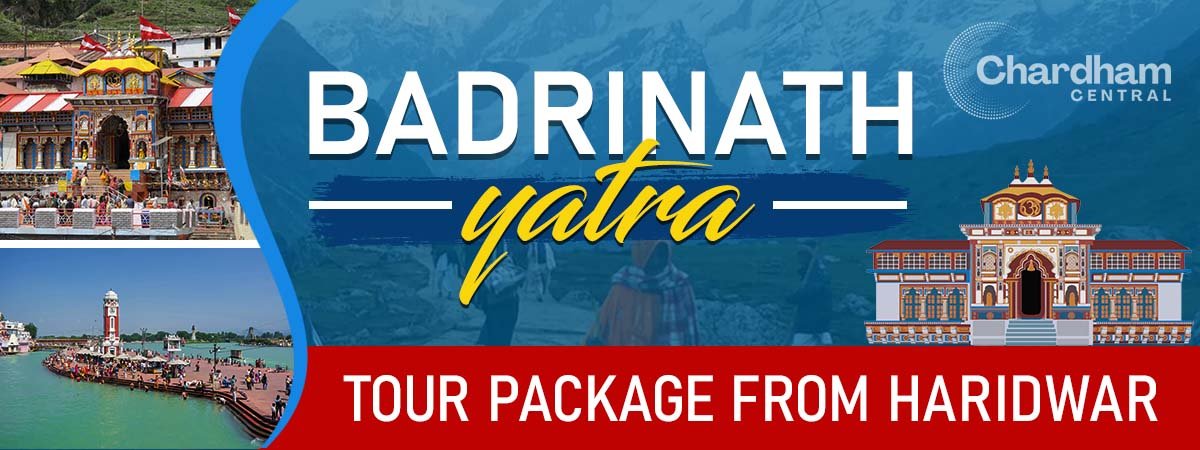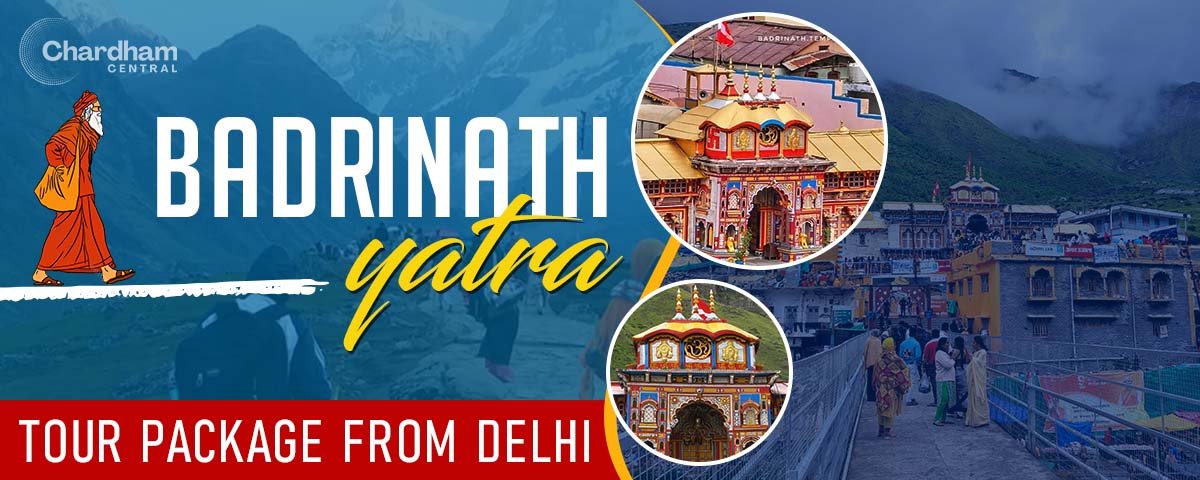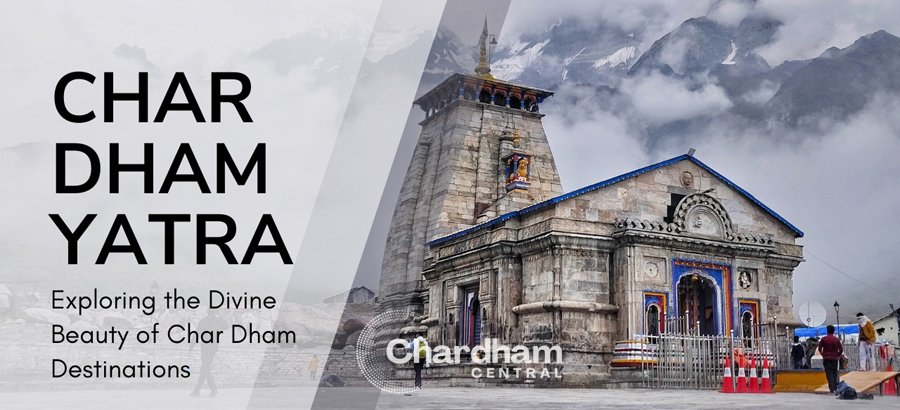
Joshimath
Joshimath is a peaceful hill town in Uttarakhand that is about 6,150 feet above sea level. It is most known as the starting point for pilgrims heading to Badrinath, one of the Char Dham destinations. But Joshimath isn’t just for pilgrims, it’s also the way to Auli, a beautiful spot that’s popular for skiing and snow in winter. The town is surrounded by high peaks and beautiful forests, and it has a calm appeal. There are some ancient temples here, and if you prefer trekking, this is the location to start your adventure to the Valley of Flowers.
Significance of Joshimath
Joshimath is a sacred town famous for its ancient temples and spiritual significance. It is the winter residence of Lord Badrinath, one of the Char Dham Yatra destinations, while the Badrinath Temple is closed because of extreme snowfall. The Narsingh Temple, dedicated to Lord Narsingh (the fourth incarnation of Lord Vishnu), is where the idol of Lord Badrinath is worshipped throughout the winter months. Another major spiritual location in Joshimath is the Kalpavriksha, an ancient tree thought to be over 1,200 years old and of tremendous religious value to followers. Joshimath’s profound spiritual origins make it a popular destination for pilgrims and seekers of divine serenity.
Joshimath – A Halt Before Badrinath
Joshimath is a well-known stop for pilgrims heading to Badrinath Dham. It’s about 40 kilometers from the main temple, so most people traveling that route usually pass through this town. Whether it’s for a short break or an overnight stay, Joshimath naturally becomes part of the journey for many devotees. If you’re on Badrinath Dham Tour, Joshimath is where most pilgrims choose to stop for the night. It’s the last proper town before the climb, and you’ll find enough guesthouses, hotels, and food spots here to rest up. Taking a break not only makes the trip easier, but also gives you a chance to enjoy the peaceful surroundings, stretch your legs, and maybe explore the area a bit before continuing your journey.
Top Places to Visit Near Joshimath
- Narsingh Temple: Narsingh Temple is a well-known and deeply respected temple in Joshimath, dedicated to Lord Vishnu. Locally, it’s also called Narsingh Badri and forms part of the revered Sapt Badri temples of Uttarakhand. The temple houses the idol of Lord Narsimha, the fierce half-man, half-lion form of Lord Vishnu, believed to have appeared to protect his devotee Prahlad and destroy evil. When you’re visiting Joshimath, stopping by this temple feels like a must, it’s not just about spirituality but also about connecting with ancient legends that live on through its walls.
- Auli: Auli is a beautiful hill station located just about 10 kilometers from Joshimath. Known for its scenic beauty and snow-covered slopes, it’s a perfect destination for winter lovers and skiing enthusiasts. During the winter months, Auli transforms into a snowy wonderland, offering breathtaking views of the Himalayan peaks and exciting adventure sports like skiing and snowboarding. Whether you’re looking for thrill or tranquility, Auli has something for everyone. If you’re visiting Joshimath, a trip to Auli is an experience you simply shouldn’t miss.
- Kalpavriksha: Kalpavriksha is one of those places in Joshimath that feels truly timeless. It’s believed to be an ancient, wish-fulfilling tree that’s stood strong for over 1,200 years. According to local legends, Adi Shankaracharya, the great saint and philosopher, meditated under this tree while worshipping Lord Shiva. Even today, many people come here with faith in their hearts, hoping their prayers will be heard. If you’re visiting Joshimath, make sure to stop by Kalpavriksha. It’s not just a tree, it’s a piece of history and a symbol of devotion that’s been rooted in this land for centuries.
- Bhavishya Badri Temple: Bhavishya Badri is a small and peaceful temple located about an hour from Joshimath. It is one of the Panch Badri temples and is dedicated to Lord Narsimha, a form of Lord Vishnu. People believe that in the future, when the path to Badrinath Temple gets blocked by a landslide, Bhavishya Badri will become the new place where Lord Badrinath is worshipped. If you’re visiting Joshimath, this temple is a calm and spiritual spot you should not miss.
- Valley of Flowers: The Valley of Flowers, about 17 km from Joshimath, is like walking into a dream. This colourful valley comes alive during the monsoon with over 600 types of wildflowers, including orchids, marigolds, poppies, and daisies. You’ll need to take a short trek to reach it, but the fresh mountain air and stunning views make it all worth it. It’s a perfect spot for nature lovers, photographers, or anyone who wants a peaceful escape surrounded by natural beauty.
Hotels in Joshimath
Joshimath is a town rich in spirituality, adventure, and charm that is more than just a place to stop on the route to Badrinath. It is simple to find a decent somewhere to stay, regardless of your reason for visiting—the temples, the treks, or simply to take in the views of the mountains. Comfortable hotels, cozy homestays, and affordable guesthouses are all available in the town. If you’re looking for a bit more comfort, Joshimath has some nice boutique resorts with all the modern facilities. Places like Blue Poppy Premier, Hotel Panchvati Inn, and The Tattva are quite popular among travellers for their good service and great locations. Prices usually start around ₹1,000 for basic rooms and can go up to INR 8,000 if you’re going for something more fancy. Whether you’re on a budget or want something premium, you’ll find a place here that feels just right.
How to Reach Joshimath
Reaching Joshimath is pretty easy. Whether you’re going for a trip or a religious visit, you can get here by road, train, or flight. It’s well connected to major cities, so getting here won’t be a problem. Here’s a quick guide to how you can travel to Joshimath.
- By Road: Road travel is the most popular and picturesque way to reach Joshimath. The drive from Delhi to Joshimath takes approximately 11 to 12 hours and covers a distance of about 504 kilometers. From big cities like Haridwar or Rishikesh, you can either drive yourself, use a private taxi, or board a bus. The roads are generally good, though mountain stretches can be narrow and winding, so plan accordingly.
- By Train: Joshimath doesn’t have its own railway station. The closest one is in Rishikesh, about 246 km away. From there, you can easily get a taxi or bus to Joshimath — especially during the Char Dham season when transport is more frequent. Rishikesh is well connected by train to places like Delhi, Haridwar, and a few other major cities.
- By Air: The nearest airport to Joshimath is Jolly Grant Airport in Dehradun, which is roughly 261 km away. Flights from Delhi and a few other major cities run daily, so it’s a pretty convenient way to start your journey. Once you arrive, you can either hire a cab straight to Joshimath or board on a shared ride to Rishikesh or Haridwar, then continue by bus or taxi from there. It’s a long trip, but the route is scenic and well-traveled, especially during pilgrimage season.
Best Time to Visit Joshimath
Joshimath is a place you can visit throughout the year, and every season brings its own charm. Whether you’re planning a peaceful getaway, a snowy escape, or a spiritual trip, the best time really depends on what kind of experience you want. Here’s a quick guide to help you plan.
- Summer (April to June): One of the most popular seasons to visit Joshimath is during the summer. The weather remains good, which makes it perfect for trekking, touring, and going to neighboring sites like Kalpavriksha, Auli, and Narsingh Temple. The town is bustling with pilgrims and visitors as the Char Dham Yatra season begins.
- Monsoon (July to September): During the monsoon, the hills around Joshimath turn bright green and look really fresh. But the heavy rains can sometimes cause landslides or block the roads. So, if you’re planning a trip during this time, it’s a good idea to keep checking the weather and road conditions before you set off.
- Winter (October to March): Winter in Joshimath is cold but truly special. Between December and February, snow covers the nearby Auli slopes, turning it into a dream spot for anyone who loves snow or skiing. During these months, Joshimath also becomes home to Lord Badrinath because the idol is brought here and kept in the Narsingh Temple for the season.
Joshimath Travel FAQs
Joshimath is a small village in Uttarakhand that serves as a popular halt before visiting the Badrinath Temple. It is well-known for its ancient temples, including Narsingh Temple and the Kalpavriksha Tree. The town is especially famous among people who come to Auli for snow activities, featuring something for both pilgrims and adventure seekers.
Joshimath is sinking because it was built on previous landslide debris, which makes the ground weak. Heavy building, deforestation, and tunnel work increased the problem, causing cracks in houses and roadways.
Joshimath is still considered a sensitive area. While repairs are happening, the ground is weak, so visitors should be informed and proceed with caution.
If you’re looking to stay in Joshimath, hotel prices usually fall between INR 800 and INR 6,000 a night, depending on the place and the season. You can get budget-friendly rooms for around INR 800, while mid-range hotels usually cost somewhere between INR 1,500 and INR 3,000. For nicer stays, expect to pay above INR 3,000. Prices tend to go up during the busy pilgrimage and tourist times, so it’s best to book your room in advance.
